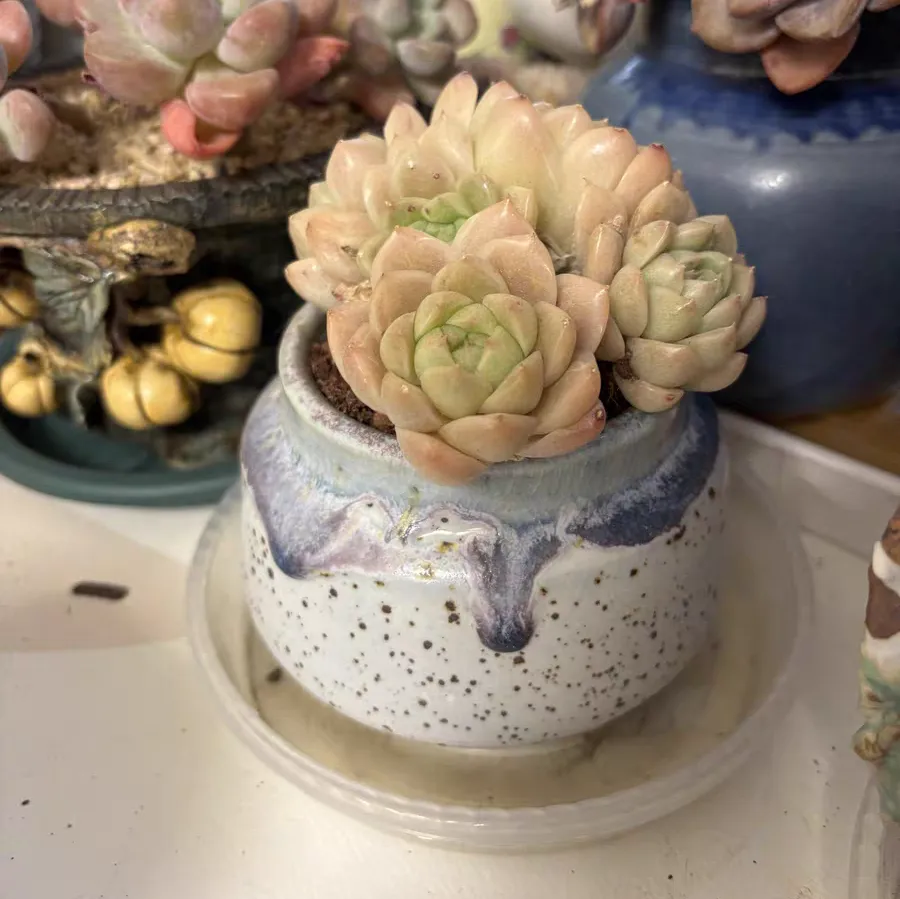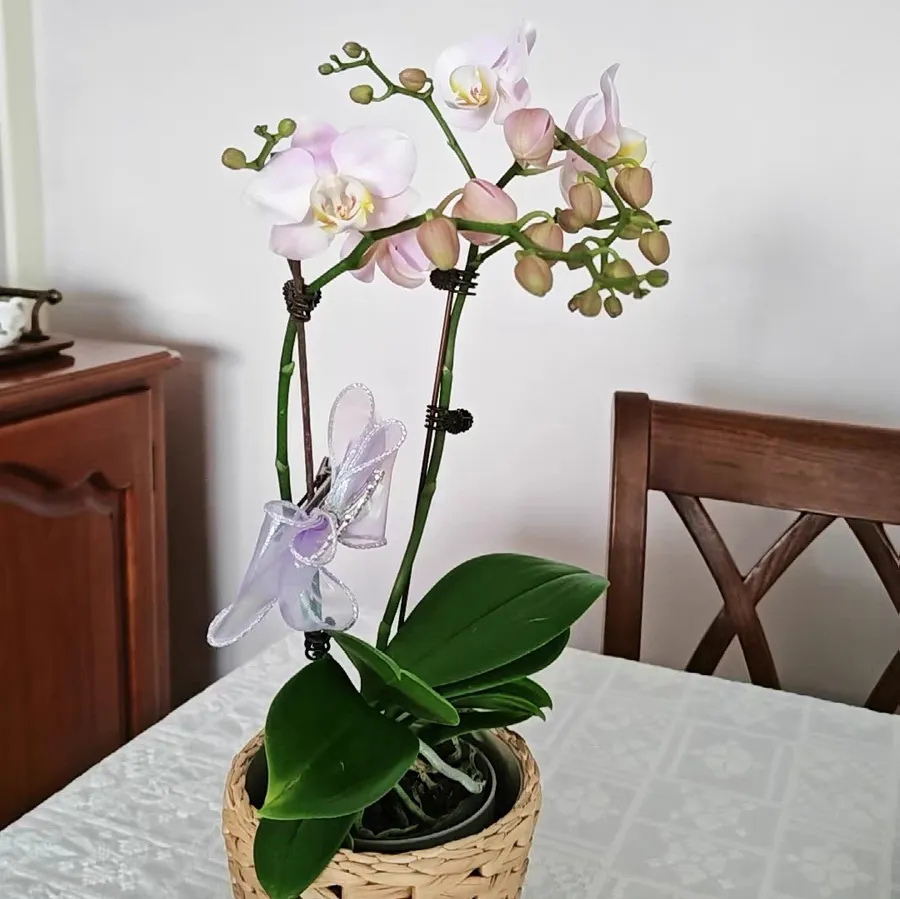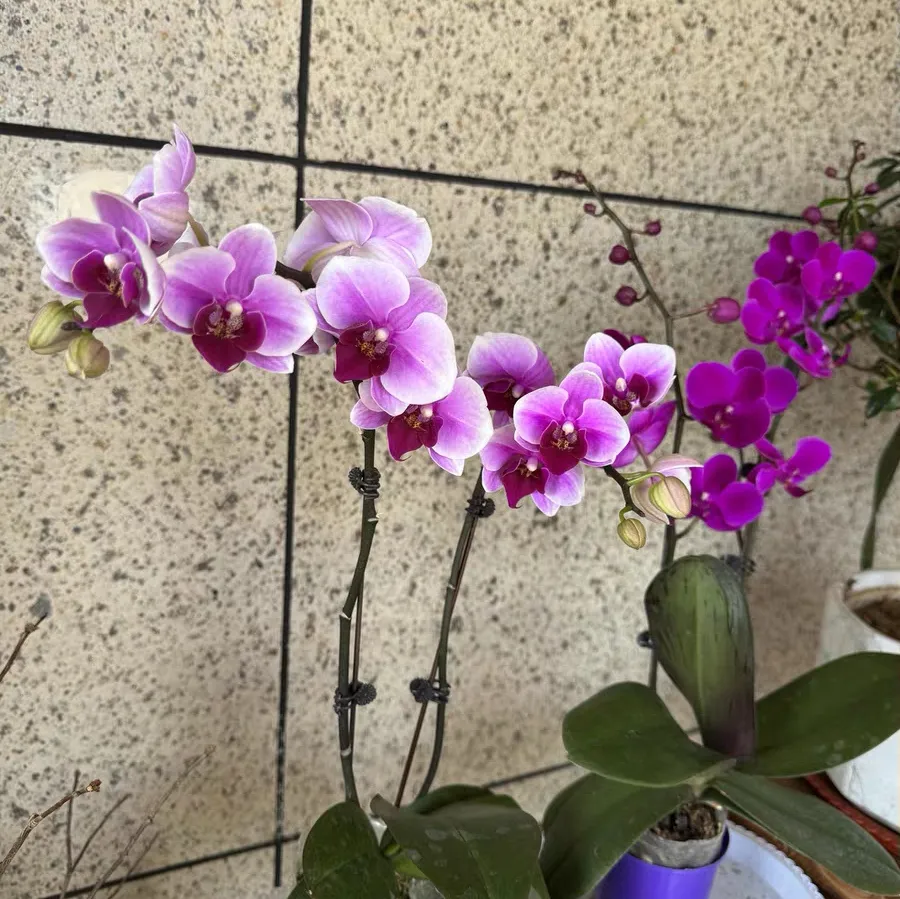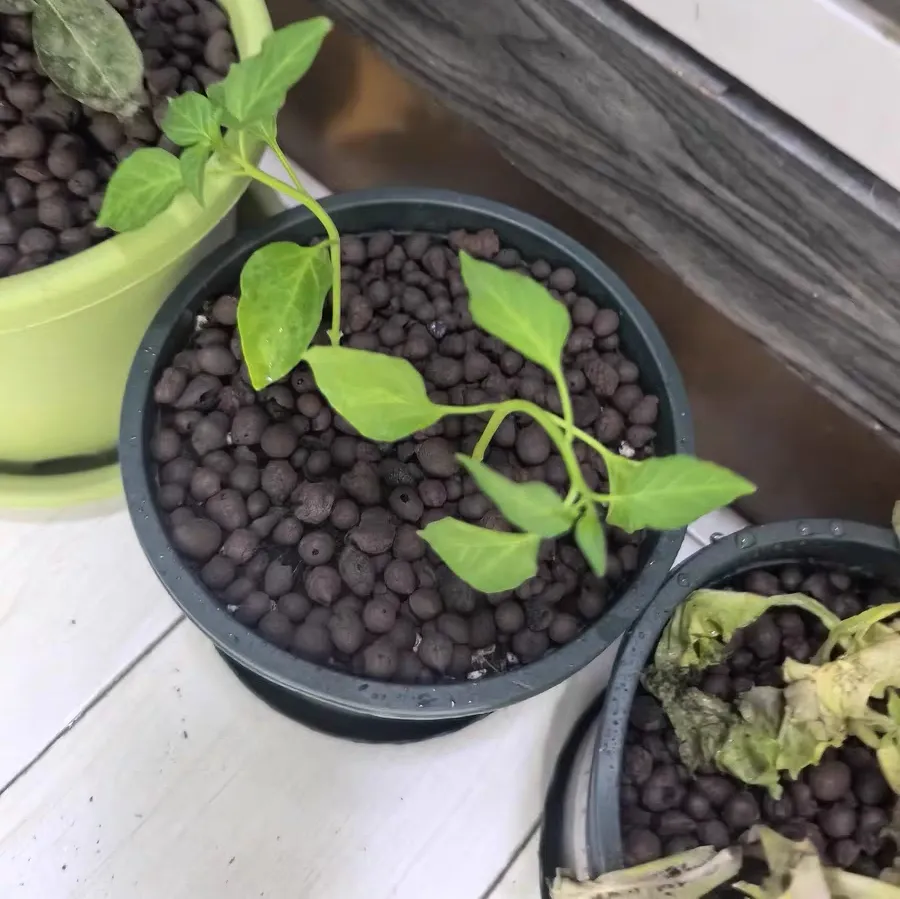Who says you have to wait for three to five years to get old stumps of succulent plants? By mastering these techniques, you can turn common succulents into beautiful overhanging stumps in just one year!
**Step 1: Root Cultivation**
**Spring and Autumn**: Mix humus soil and garden soil in a ratio of 2:1, and then add 1 part of perlite. This mixture is loose, breathable, and has its own fertility. You can trim the rotten roots when changing the soil.
**Summer**: Prepare the soil by mixing river sand and perlite in a ratio of 1:1, and then spread a layer of pine needles and nut shells as base fertilizer. In stuffy and hot weather, the roots won't get stuffy, and the water will penetrate instantly when watering.
**Winter**: Mix perlite, garden soil, and humus soil in a ratio of 1:1:1. It provides warmth and nutrition, and the roots can still grow vigorously in winter.
**Step 2: Controlled Maintenance**
**Watering**: Don't water unless the leaves wilt. In summer, it's okay to water once every 10 days. In spring and autumn, water once every 7 days. In winter, stop watering completely. When watering, water thoroughly until water leaks out from the bottom of the pot.
**Light**: In spring and autumn, directly place the succulents outdoors to get full-day sunlight. In summer, move them back to a shaded place from 10 a.m. to 2 p.m. to avoid the intense sun. In winter, place them on the south-facing balcony. They can still get light through the glass. The more sunlight they get, the thicker the stems will be, and the speed of lignification will double.
**Step 3: Pruning + Branch Weighing**
**Branch Weighing**: Gently weigh down the branches with small stones or fishing lines to simulate the effect of an overhanging stump. Gradually, you can cultivate an elegant overhanging stump, giving it a high-end look.
**Pruning**: Cut off the dense leaves at the bottom and the overgrown branches. Concentrate all the nutrients on the main stem, and you can see obvious changes in three months. The cut leaves can also be used for leaf propagation, and you can directly obtain N pots of new succulents.
**Avoidance Guide**
1. Don't repot too frequently. Succulents need to consume a lot of energy to adapt to a new environment. It's enough to repot once every 1 to 2 years. When repotting, handle them gently to avoid damaging the roots.
2. Regularly check the back of the leaves. If you find fungus gnats or scale insects, quickly wipe them off with a cotton swab dipped in alcohol. If black spots or rot appear on the leaves, isolate them immediately and spray carbendazim for rescue.
3. Once the succulents have好不容易好不容易 adapted to the light and temperature, don't suddenly move them to a place with direct sunlight or a cold and shady area. At the least, they may drop leaves, and at the worst, they may die directly. Remember to make a gradual transition when moving them.
4. When weighing down the branches with stones, don't press too hard. Be careful not to break the branches directly. Adjust the position regularly to avoid strangling the succulents.
5. Novices shouldn't fertilize heavily right from the start. Using a special fertilizer for succulents once every 1 to 2 months during the growth period is enough. Never use concentrated or raw fertilizers, as they can burn the roots in no time.
In short, by mastering these three techniques, it's really not a dream to cultivate old stumps in just one year!
How can we cultivate old stumps of succulent plants?

Share with
Tagged in :




Leave a Reply